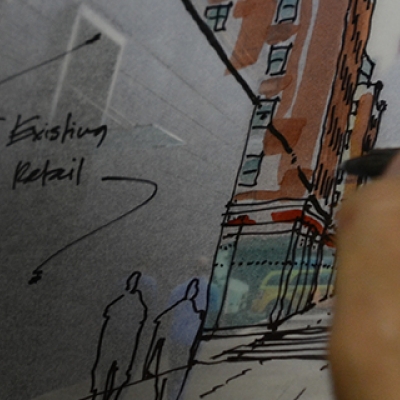Arbitrary Lines: Nolan Gray's Conversation with Planetizen
City planner M. Nolan Gray and Planetizen's editorial director James Brasuell had a conversation about zoning abolition. Gray argued that this is a necessary—if not sufficient—condition for building more affordable, vibrant, equitable, and sustainable cities. His new book is, Arbitrary Lines: How Zoning Broke the American City and How to Fix It.


